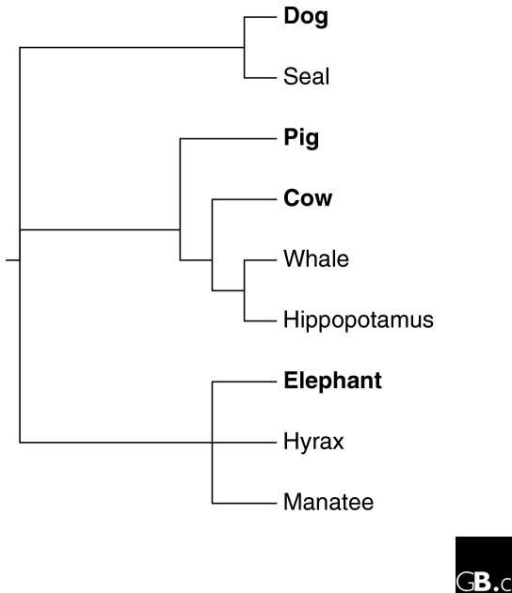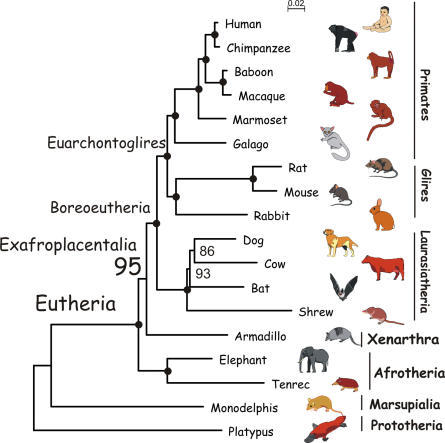brother Paul
Member
Darwin was convinced that the direction of evolution was demonstrated in that simpler forms became more complex forms over long periods of time. He predicted we would find that small successive changes led to the development of all organs as well as to the more complex and higher organisms.
Not being privy to all that we can observe today he theoretically rejected the idea of developmental changes occurring relatively quick. Even the idea of Punctuated Equilibrium would have been rejected as it could not and did not demonstrate what Darwin was predicting we should find, and now after witnessing the phenomena of the seemingly sudden appearance of some already complex creatures having all their subsystems in place and functional (like Nautilus itself) we must admit that at least on this point Darwin was incorrect.
Read, “Evolution, You’re Drunk (DNA studies topple the ladder of complexity)” in the January 2018 issue of Nautilus ( http://nautil.us/issue/9/time/evolution-youre-drunk )
The article opens by pointing out that “...amoebas are made of just one cell, researchers assumed they would be simpler than humans genetically. Plus, amoebas date back farther in time than humans, and simplicity is considered an attribute of primitive beings. It just didn’t make sense.”
But why, one may ask? Why doesn’t it make sense? Well because as they point out amoebas have 100s of times more DNA than higher primates. As well we have found that allegedly higher order systems are actually present in some cases prior to the lesser complex ones. Finally in another scenario we can see that some complex features devolve and then return later (Whiting, M. F., Bradler, S. & Maxwell, T. “Loss and recovery of wings in stick insects”, Nature 421, 2003). So what’s happening to the tree? It’s beginning to rot at its base.
Not being privy to all that we can observe today he theoretically rejected the idea of developmental changes occurring relatively quick. Even the idea of Punctuated Equilibrium would have been rejected as it could not and did not demonstrate what Darwin was predicting we should find, and now after witnessing the phenomena of the seemingly sudden appearance of some already complex creatures having all their subsystems in place and functional (like Nautilus itself) we must admit that at least on this point Darwin was incorrect.
Read, “Evolution, You’re Drunk (DNA studies topple the ladder of complexity)” in the January 2018 issue of Nautilus ( http://nautil.us/issue/9/time/evolution-youre-drunk )
The article opens by pointing out that “...amoebas are made of just one cell, researchers assumed they would be simpler than humans genetically. Plus, amoebas date back farther in time than humans, and simplicity is considered an attribute of primitive beings. It just didn’t make sense.”
But why, one may ask? Why doesn’t it make sense? Well because as they point out amoebas have 100s of times more DNA than higher primates. As well we have found that allegedly higher order systems are actually present in some cases prior to the lesser complex ones. Finally in another scenario we can see that some complex features devolve and then return later (Whiting, M. F., Bradler, S. & Maxwell, T. “Loss and recovery of wings in stick insects”, Nature 421, 2003). So what’s happening to the tree? It’s beginning to rot at its base.

